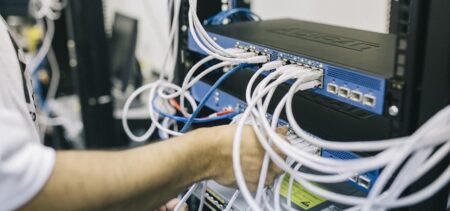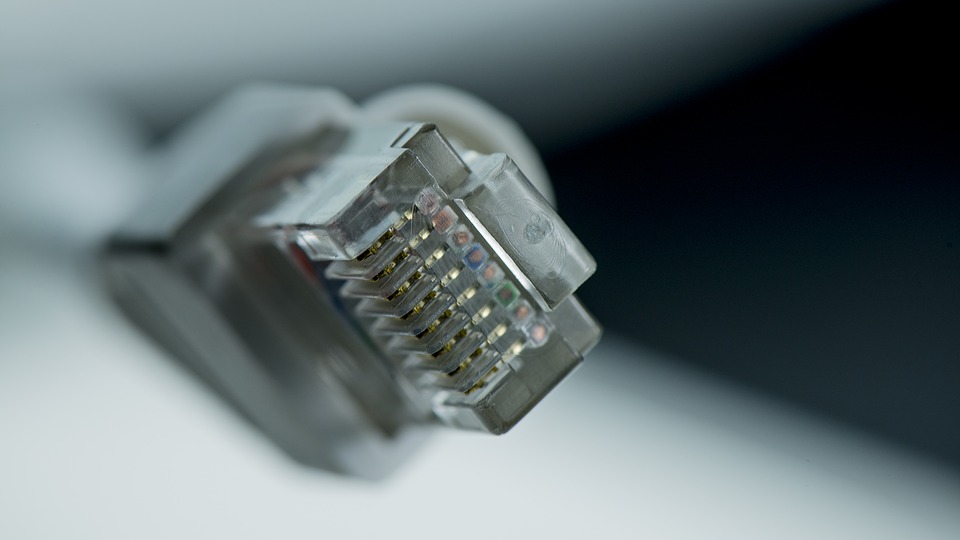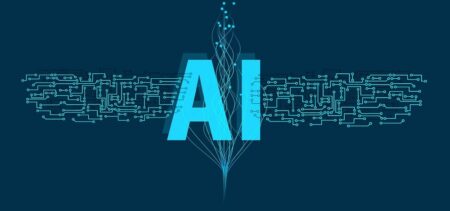VoIP calls stand for Voice over IP calls. This technology (group of technologies and methodologies, to be more exact) “enables voice communications to be carried over any IP network”. The costs are much lower than those implied by a traditional telephony infrastructure. Basically, calls are routed over the Internet by breaking down voice data into IP packets. The packets are further reassembled into the original structure once they reach the desired destination.
A more detailed illustration, featured by ExplainThatStuff, goes as deep as translating IPs (Internet Protocols) into layman’s terms. The Internet defines as a sum of continuous IP packets moving back and forth. Many of you may find this ridiculously common knowledge in the age of advanced telecommunications, but some might still find it interesting to be able to visualize in simple images the way modern tech functions.
The key in Internet transmissions is the set of commonly agreed protocols. These enable both the transmitter and the receiver to coordinate their actions and send intelligible messages. In VoIP calls the main protocols employed are the SIP (Session Initiated Protocol), the CODEC (coder-decoder software that converts digital into analog data, encapsulating audio into data packets, then unpacking them back), and the RTP (Real-Time Protocol, responsible for actually sending the data).
All of the above describe the way calls take place between two computers. The interface perceived by the user looks like Skype, for example. The caller and the respondent are identified by their private IP in the background of the entire sum of processes. Up front they appear as accounts, with identification data attached (name, location, description).
Computer-to-telephone VoIP calls
What happens, however, when a VoIP reaches into the traditional telephony network, and someone answers such a call on his/hers phone? The gap between Internet operations and usual phone networks (landline or mobile) is bridged by the PTSN link (Public Switched Telephone Network). Such an action counts on a gateway acting as a translator between IP calls and telephone receivers.
Now a random TV show scene suddenly makes more sense. In the first episode of the new MacGyver 2016 series, the characters attempted to trace a phone call, which proved impossible since the call was VoIP. The way from the receiver to the call author was a long and windy one, involving an IP-source (probably anonymized) and the vastness of broadband Internet.
VoIP calls offer geographical freedom, or geographical anonymity. Especially when intended, this characteristic is able to make such a call virtually untraceable. The non-geographical area codes can also be chosen or altered to confuse the recipient even more. Of course, in the case of computer-to-computer calls we revert to the old issue of Internet identity. One can never be sure whom he/she communicates with, unless the interlocutor is a person they actually know in real life. Alternatively, the communication should be verifiable though alternate means.
Are you familiar with telemarketers’ calls? Nowadays many of them benefit from VoIP cover. Thus the recipients can never locate the callers.
VoIP calls (especially those annoying IP-to-mobile ones) can easily take the benefit of anonymity into an abusive zone. It is noted that harassment over the phone, prank calls or repetitive telemarketing calls take advantage of VoIP. Fraudulent calls have found a heaven in this voice over IP calling trait.
Tracing VoIP calls
We have seen how the anonymity and ubiquity provided by this technology favors those who have malicious intent in keeping their location hidden. What can the people who suffer from this technology being used for the wrong purposes do in order to trace or to block unwanted calls?
There are two types of fraudulent VoIp calls:
On the one hand we have the case where people are being disturbed by unwanted, impossible to locate calls.
On the other hand, there are cases where a legitimate network supporting VoIP calls (like a enterprise network) gets hijacked by external factors. Fraudulent VoIP calls are being made seemingly by people on the inside of the network, when in reality the callers are outsiders.
In both these situations, the most efficient solution consists of getting a specialized intervention. The telecommunications professionals may help in either cleaning your own network and configure it properly in order for future hijacking incidents to be avoided, or may help individuals protect themselves from unwanted calls.
Narrowing down and tracing/blocking unnerving VoIP calls
Techwalla assembled together a series of steps recommended for people who want to take action against unwanted VoIP calls. Here are these essential six steps:
- document the unwanted calls in the eventuality you will take the issue to the police (date and time of each call, the caller’s exact message);
- Employ the caller ID phone function and write down the result, traceable or not;
- Employ the “*69” phone function to find out more data about the call you have just received;
- Check out your phone bill details on the received calls and identify the problem calls – you may find additional details on those calls listed there;
- Solicit the phone company’s help in dealing with the problem – it may include a fee, but some of the affected people may think it is worth it;
- Contact the nearby law enforcement people and request details on what you can do in relation with the problem calls, they will guide you further on this line of (re)action and explain the options you have to protect yourself.
A more technical approach on tracing VoIp calls can be browsed here – but it only regards peer-to-peer anonymous calls. Leaving you with this link for the more experienced, we hope you and your company stay safe from malicious VoIp calls.





























